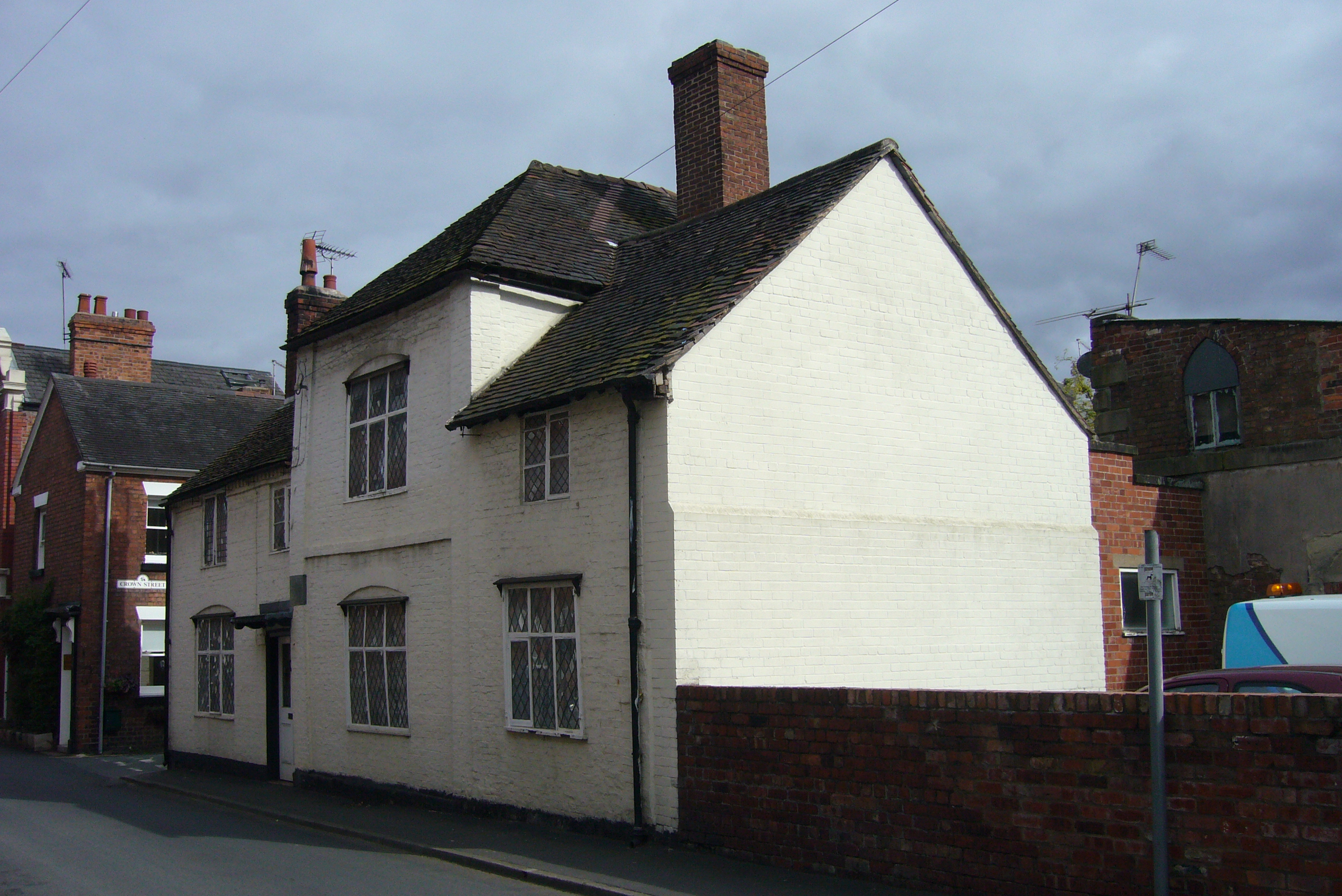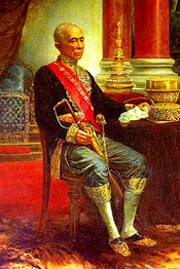|
The Classical Gazetteer
''The Classical Gazetteer'' is a short descriptive geographical dictionary by William Hazlitt (son of the critic William Hazlitt), written in 1851 and containing 15,000 places of Greek and Roman antiquity without citation of primary sources. External links ''The Classical Gazetteer: A Dictionary of Ancient Geography, Sacred and Profane'', Whittaker, 1851on Google Books Google Books (previously known as Google Book Search, Google Print, and by its code-name Project Ocean) is a service from Google that searches the full text of books and magazines that Google has scanned, converted to text using optical charac ... 1851 non-fiction books Classical geography Gazetteers {{geo-book-stub ... [...More Info...] [...Related Items...] OR: [Wikipedia] [Google] [Baidu] |
William Hazlitt (registrar)
William Hazlitt (26 September 181123 February 1893) was an English lawyer, author, and translator, best known for his '' Classical Gazetteer'' and for overseeing the posthumous publication and republication of many of the works of his father, the critic William Hazlitt. The younger Hazlitt stayed on good terms with both parents despite their separation. As a young man, he began to write for the ''Morning Chronicle'', and in 1833 he married Catherine Reynell. In 1844 he was called to the bar at the Middle Temple, and for more than thirty years he held the position of Registrar in the Court of Bankruptcy, from which he retired two years before his death in Addlestone, Surrey. Besides the ''Classical Gazetteer'', he wrote legal works such as ''The Registration of Deeds in England, its Past Progress and Present Position'' (1851) and ''A Manual of the Law of Maritime Warfare'' (1854), and produced many translations, including Victor Hugo's ''Notre-Dame: A Tale of the Ancien Régime'' ... [...More Info...] [...Related Items...] OR: [Wikipedia] [Google] [Baidu] |
William Hazlitt
William Hazlitt (10 April 177818 September 1830) was an English essayist, drama and literary criticism, literary critic, painter, social commentator, and philosopher. He is now considered one of the greatest critics and essayists in the history of the English language, placed in the company of Samuel Johnson and George Orwell. He is also acknowledged as the finest art critic of his age. Despite his high standing among historians of literature and art, his work is currently little read and mostly out of print. During his lifetime he befriended many people who are now part of the 19th-century literary canon, including Charles Lamb, Charles and Mary Lamb, Stendhal, Samuel Taylor Coleridge, William Wordsworth, and John Keats.Grayling, pp. 209–10. Life and works Background The family of William Hazlitt (Unitarian minister), Hazlitt's father were Irish Protestants who moved from the county of County Antrim, Antrim to County Tipperary, Tipperary in the early 18th century. Also named ... [...More Info...] [...Related Items...] OR: [Wikipedia] [Google] [Baidu] |
Classical Antiquity
Classical antiquity, also known as the classical era, classical period, classical age, or simply antiquity, is the period of cultural History of Europe, European history between the 8th century BC and the 5th century AD comprising the interwoven civilizations of ancient Greece and ancient Rome, Rome known together as the Greco-Roman world, centered on the Mediterranean Basin. It is the period during which ancient Greece and Rome flourished and had major influence throughout much of Europe, North Africa, and West Asia. Classical antiquity was succeeded by the period now known as late antiquity. Conventionally, it is often considered to begin with the earliest recorded Homeric Greek, Epic Greek poetry of Homer (8th–7th centuries BC) and end with the fall of the Western Roman Empire in 476 AD. Such a wide span of history and territory covers many disparate cultures and periods. ''Classical antiquity'' may also refer to an idealized vision among later people of what was, in Ed ... [...More Info...] [...Related Items...] OR: [Wikipedia] [Google] [Baidu] |
Primary Sources
In the study of history as an academic discipline, a primary source (also called an original source) is an artifact, document, diary, manuscript, autobiography, recording, or any other source of information that was created at the time under study. It serves as an original source of information about the topic. Similar definitions can be used in library science and other areas of scholarship, although different fields have somewhat different definitions. In journalism, a primary source can be a person with direct knowledge of a situation, or a document written by such a person. Primary sources are distinguished from ''secondary sources'', which cite, comment on, or build upon primary sources. Generally, accounts written after the fact with the benefit of hindsight are secondary. A secondary source may also be a primary source depending on how it is used. For example, a memoir would be considered a primary source in research concerning its author or about their friends charact ... [...More Info...] [...Related Items...] OR: [Wikipedia] [Google] [Baidu] |
Google Books
Google Books (previously known as Google Book Search, Google Print, and by its code-name Project Ocean) is a service from Google that searches the full text of books and magazines that Google has scanned, converted to text using optical character recognition (OCR), and stored in its digital database.The basic Google book link is found at: https://books.google.com/ . The "advanced" interface allowing more specific searches is found at: https://books.google.com/advanced_book_search Books are provided either by publishers and authors through the Google Books Partner Program, or by Google's library partners through the Library Project. Additionally, Google has partnered with a number of magazine publishers to digitize their archives. The Publisher Program was first known as Google Print when it was introduced at the Frankfurt Book Fair in October 2004. The Google Books Library Project, which scans works in the collections of library partners and adds them to the digital inventory, ... [...More Info...] [...Related Items...] OR: [Wikipedia] [Google] [Baidu] |
1851 Non-fiction Books
Events January–March * January 11 – Hong Xiuquan officially begins the Taiping Rebellion in China, one of the bloodiest revolts that would lead to 20 million deaths. * January 15 – Christian Female College, modern-day Columbia College, receives its charter from the Missouri General Assembly. * January 23 – The flip of a coin, subsequently named the Portland Penny, determines whether a new city in the Oregon Territory will be named after Boston, Massachusetts, or Portland, Maine, with Portland winning. * January 28 – Northwestern University is founded in Illinois. * February 1 – ''Brandtaucher'', the oldest surviving submersible craft, sinks during acceptance trials in the German port of Kiel, but the designer, Wilhelm Bauer, and the two crew escape successfully. * February 6 – Black Thursday occurs in Australia as bushfires sweep across the state of Victoria, burning about a quarter of its area. * February 12 – Edward H ... [...More Info...] [...Related Items...] OR: [Wikipedia] [Google] [Baidu] |
Classical Geography
;Pre-Hellenistic Classical Greece *Homer *Anaximander (died ) *Hecataeus of Miletus (died ) * Massaliote Periplus (6th century BC) * Scylax of Caryanda (6th century BC) *Herodotus (died ) ;Hellenistic period *Pytheas (died ) *'' Periplus of Pseudo-Scylax'' (3rd or 4th century BC) * Megasthenes (died ) * Autolycus of Pitane (died ) * Dicaearchus (died ) * Deimakos (3rd century BC) * Timosthenes (fl. 270s BC) *Eratosthenes (c. 276–194 BC) * Scymnus (fl. 180s BC) *Hipparchus (c. 190–120 BC) * Agatharchides (2nd century BC) *Posidonius (c. 135–51 BC) * Pseudo-Scymnus (c. 90 BC) *Diodorus Siculus (c. 90–30 BC) * Alexander Polyhistor (1st century BC) ;Roman Empire period *''Periplus of the Erythraean Sea'' *Strabo (63 BC – AD 24) *Pomponius Mela (fl. 40s AD) * Isidore of Charax (1st century AD) *Mucianus (1st century AD) *Pliny the Elder (AD 23 – 79), ''Natural History'' * Marinus of Tyre (AD 70 – 130)Hubert Cancik and Helmuth Schneider (ed.): "Marinus", '' Brill's New ... [...More Info...] [...Related Items...] OR: [Wikipedia] [Google] [Baidu] |




